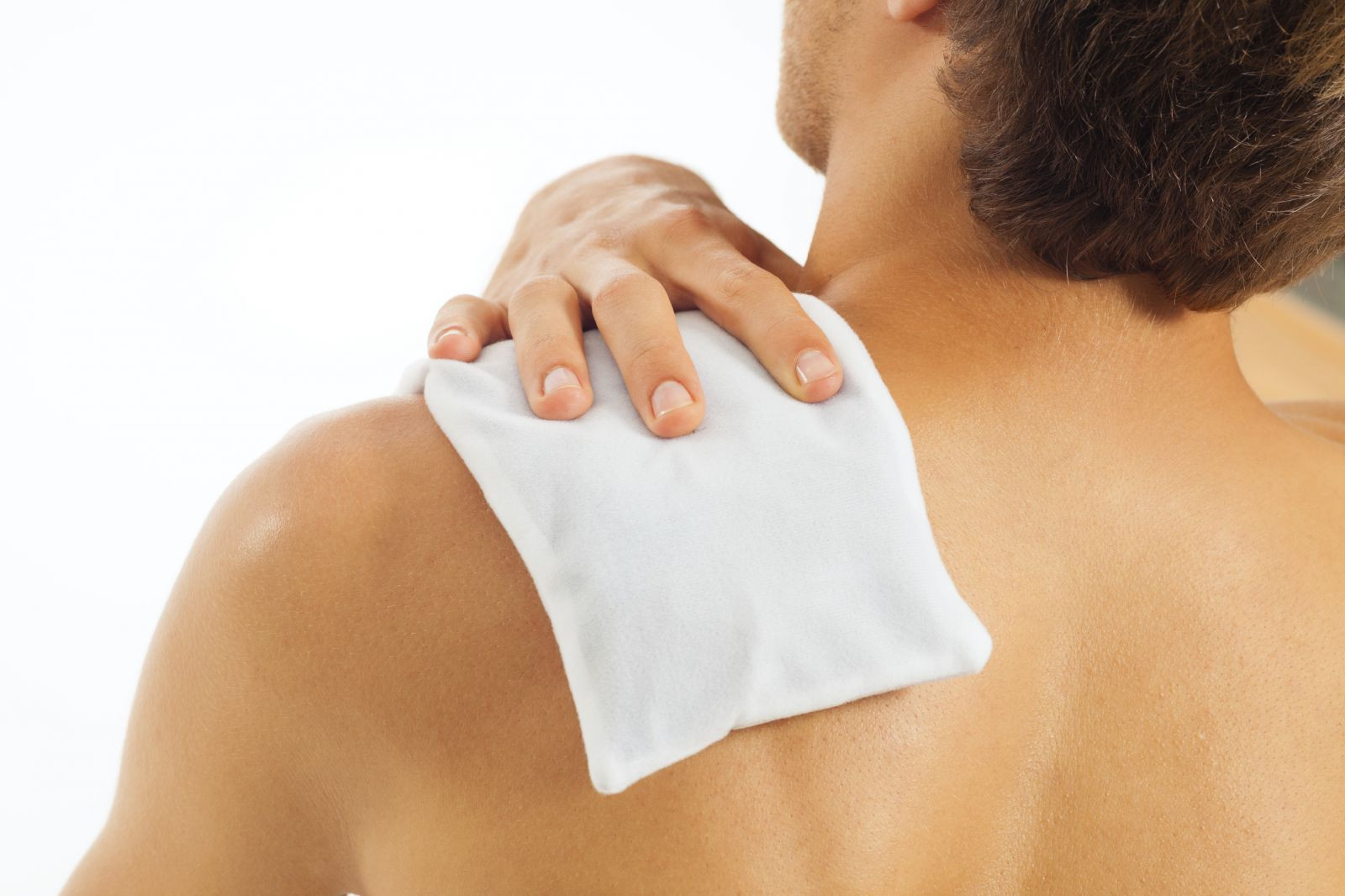8 non-invasive pain relief techniques that really work
 Image: Bigstock Image: Bigstock |
Sometimes pain has a purpose — it can alert us that we've sprained an ankle, for example. But for many people, pain can linger for weeks or even months, causing needless suffering and interfering with quality of life.
If your pain has overstayed its welcome, you should know that you have more treatment options today than ever before. Here, we've listed eight techniques to control and reduce your pain that don't require an invasive procedure — or even taking a pill.
1. Cold and heat. These two tried-and-true methods are still the cornerstone of relieving pain for certain kinds of injuries. If a homemade hot or cold pack doesn't do the trick, try asking a physical therapist or chiropractor for their versions of these treatments, which can penetrate deeper into the muscle and tissue.
2. Exercise. Physical activity plays a crucial role in interrupting the "vicious cycle" of pain and reduced mobility found in some chronic conditions such as arthritis and fibromyalgia. Try gentle aerobic activities such as walking, swimming, or cycling.
3. Physical therapy and occupational therapy. These two specialties can be among your staunchest allies in the fight against pain. Physical therapists guide you through a series of exercises designed to preserve or improve your strength and mobility. Occupational therapists help you learn to perform a range of daily activities in a way that doesn't aggravate your pain.
4. Mind-body techniques. These techniques, which include meditation, mindfulness, and breathing exercises (among many others), help you restore a sense of control over your body and turn down the "fight or flight" response, which can worsen chronic muscle tension and pain.
5. Yoga and tai chi. These two exercise practices incorporate breath control, meditation, and gentle movements to stretch and strengthen muscles. Many studies have shown that they can help people manage pain caused by a host of conditions, from headaches to arthritis to lingering injuries.
6. Biofeedback. This technique involves learning relaxation and breathing exercises with the help of a biofeedback machine, which turns data on physiological functions (such as heart rate and blood pressure) into visual cues such as a graph, a blinking light, or even an animation. Watching and modifying the visualizations gives you a degree of control over your body's response to pain.
7. Music therapy. Studies have shown that music can help relieve pain during and after surgery and childbirth. Classical music has proven to work especially well, but there's no harm in trying your favorite genre — listening to any kind of music can distract you from pain or discomfort.
8. Therapeutic massage. Not just an indulgence, massage can ease pain by working tension out of muscles and joints, relieving stress and anxiety, and possibly helping to distract you from pain by introducing a "competing" sensation that overrides pain signals.
For more on treating common pain conditions and learning about other mind-body solutions, buy Pain Relief, a Special Health Report from Harvard Medical School.
Disclaimer:
As a service to our readers, Harvard Health Publishing provides access to our library of archived content. Please note the date of last review or update on all articles.
No content on this site, regardless of date, should ever be used as a substitute for direct medical advice from your doctor or other qualified clinician.















